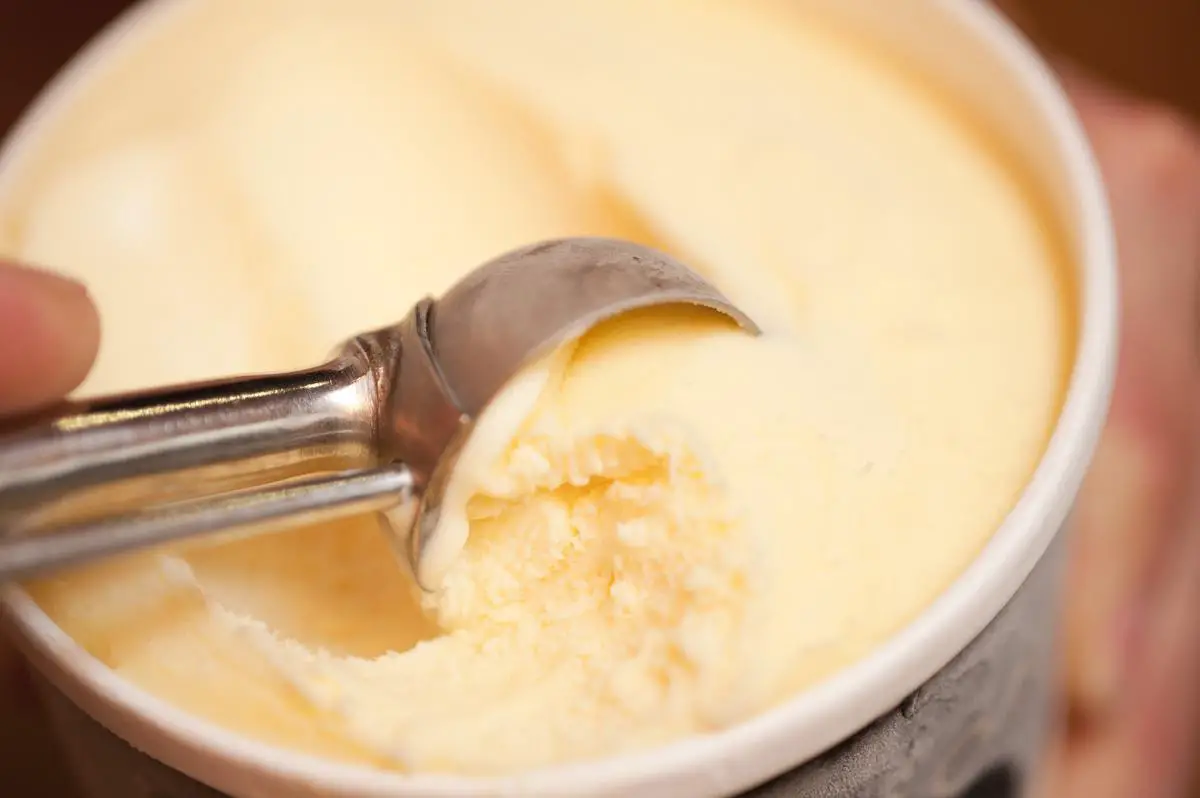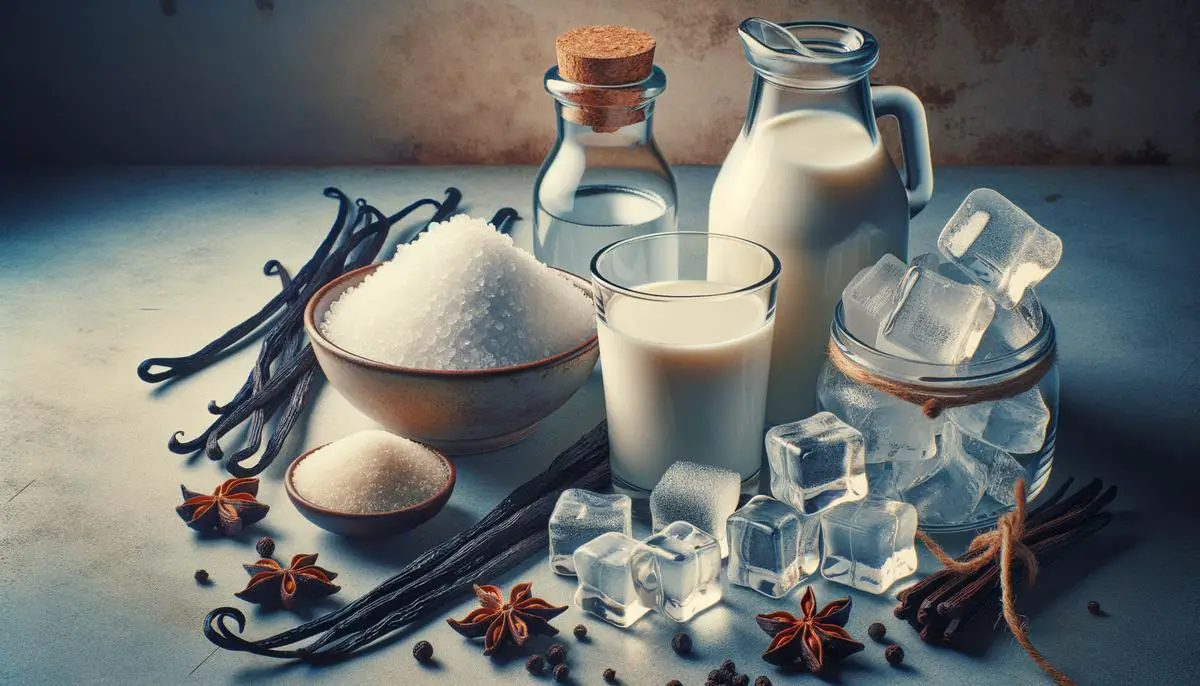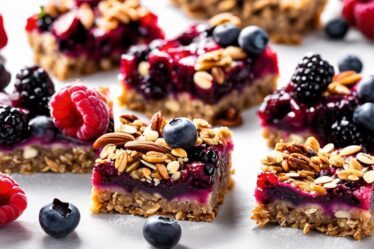
Nutritional Profiles of Common Ice Cream Flavors
Vanilla ice cream numbers are straightforward. For a half-cup serving: regular versions deliver 140 calories, 7 grams of fat, and 14 grams of sugars. It's a favorite not just for its taste but its balance in protein and carbs—about 2 grams of protein and 16 grams of carbs. Premium vanilla ups the ante with 190 calories and 10 grams of fat, signaling richer ingredients and a creamier texture.
Chocolate ice cream steps in with a bit more sweetness. Standard chocolate contains 143 calories, 7.26 grams of fat, and 16.8 grams of sugar in every half-cup scoop. Its protein level, around 2.5 grams, parallels vanilla, while the carbs climb to 18.6 grams. This extra sweetness comes from corn syrup and cocoa flavorings.
Strawberry ice cream boasts 127 calories, 6 grams of fat, and 13 grams of sugar per half-cup serving. Carbs sit around 20 grams, higher due to the natural sugars from strawberries. Protein, like others, hovers at 2 grams.
Low-fat ice cream—marketed as healthier—tell a slightly different tale. One regular half-cup serving generally brings 115 calories, 3 grams of fat, and 15 grams of sugars. The trade-off for less fat often leads to added sugars to keep that taste profile intact. Interestingly, it's common to spot 2-3 grams of protein, balancing the dessert's nutritional play.
Low-sugar or sugar-free options offer about 100 calories, 3 grams of fat, and significantly lower carbs at around 10-12 grams per half-cup. They use sugar alcohols or allulose to keep the sweetness minus the extra calories. Protein content stays steady at 2 grams.
Keto ice cream offers an intriguing picture. With a high-fat content designed for low-carb diets, a half-cup can contain 220 calories, 21 grams of fat, yet only 5 grams of carbs. Net carbs drop even lower, often around 2 grams, keeping it aligned with keto guidelines. Protein remains moderate, around 3 grams.
These nutrition profiles give a clear snapshot of what you're indulging in. With premium options elevating creaminess and calories, low-fat keeping the sugar balance, and keto choices turning things upside down with high-fat, low-carb numbers, there's a flavor and nutritional fit for everyone. Choose wisely based on your dietary needs and enjoy the creamy satisfaction right down to the last scoop.

Health Implications of Ice Cream Consumption
While the nutritional profiles give us a window into what we're consuming, it's essential to explore the health implications of ice cream consumption. Understanding these aspects empowers you to make informed choices that align with your health goals.
Ice cream's high sugar content is a primary concern. A typical serving brims with about 12 to 24 grams of added sugar, which can quickly add up. The American Heart Association advises a maximum daily sugar intake of 36 grams for men and 25 grams for women.1 Consuming just one or two servings of ice cream can easily lead you to this limit, potentially causing an array of health issues. Excessive sugar intake is well-documented to increase the risk of obesity, heart disease, and type 2 diabetes.2 The sugars contribute to a spike in blood glucose levels, which can lead to insulin resistance over time.
Beyond sugar, ice cream is calorie-dense, frequently carrying over 200 calories per half-cup serving, especially for premium varieties. These calories are mainly from sugars and fats, without offering significant nutrients in return. Consistent consumption without moderating other calorie sources could lead to unwanted weight gain, which might further complicate existing health conditions or lead to new ones like cardiovascular diseases.
The fat content also deserves scrutiny. Saturated fats, found in abundance in most ice cream types, have been linked to elevated low-density lipoprotein (LDL) cholesterol levels. Elevated LDL levels are a contributing factor to heart disease.3 Premium options, often with richer ingredients, can contain as much as 10 grams of fat per serving, a notable portion of which is saturated.
Additionally, many ice creams contain additives and artificial ingredients that can have their own set of health concerns. Common stabilizers like guar gum and carrageenan are generally safe for most people but can cause digestive issues in sensitive individuals. Artificial flavors and colors, used to enhance taste and appearance, may also pose risks. The FDA has banned certain artificial flavorings due to their association with cancer in animal studies, prompting a call for more transparency and natural alternatives in processed foods.4
Despite these concerns, ice cream is not devoid of benefits. Flavanols in cocoa, present in chocolate ice cream, may offer cardiovascular benefits by improving blood flow and reducing blood pressure.5 Other positives include the calcium content, crucial for bone health, and small amounts of magnesium, which supports muscle function and immune health. However, these benefits often do not offset the risks posed by the high sugar and fat content.
To round it off, moderation is your best ally. Occasional indulgence in ice cream can fit within a balanced diet without leading to severe health risks, especially when complemented by an active lifestyle. Opt for smaller portions and consider healthier, homemade versions using ingredients like Greek yogurt or banana-based blends.
By keeping an eye on serving sizes and selecting options lower in sugar and fat, you can still savor the delightful experience of ice cream without compromising your health goals. Consult with healthcare providers for personalized advice, particularly if you have dietary restrictions or health concerns. Your choices today can build the healthy habits of tomorrow.
Comparative Analysis of Ice Cream Alternatives
Making informed choices about ice cream begins with understanding your alternatives. Familiarizing yourself with options like frozen yogurt, keto ice cream, and homemade low-calorie variations can provide pathways to enjoying a sweet treat that aligns with your health and dietary needs. Let's break down each alternative, comparing their ingredients, nutritional benefits, and suitability for various dietary preferences.
Consider frozen yogurt. A half-cup serving of vanilla frozen yogurt typically delivers about 114 calories, 4 grams of fat, and 17 grams of sugars. Its composition includes cultured milk, which brings beneficial probiotics, supporting gut health. Unlike regular ice cream, frozen yogurt generally has less fat but slightly more sugar to balance its tanginess. It's a solid choice for those looking to reduce fat intake while reaping some probiotic benefits. Here's a comparative table for clearer insights:
| Nutrient | Frozen Yogurt, Vanilla | Ice Cream, Vanilla |
|---|---|---|
| Calories | 114 | 140 |
| Total Fat (g) | 4 | 7 |
| Saturated Fat (g) | 2.5 | 4.5 |
| Total Sugars (g) | 17 | 14 |
| Protein (g) | 3 | 2 |
Keto ice cream caters specifically to those following a ketogenic diet, which is high in fat and low in carbohydrates. A half-cup serving of keto ice cream typically contains around 220 calories, 21 grams of fat, and about 5 grams of carbohydrates. Unlike standard options, keto ice cream often includes sugar substitutes like erythritol and monk fruit. These keep the carbohydrate count low but still satisfy the sweet tooth, helping individuals stay in ketosis—a metabolic state that burns fat for energy instead of carbs.
Keto Ice Cream Nutritional Profile (per serving):
- Calories: 220
- Total Fat: 21g
- Net Carbs: 2g
- Protein: 3g
Several brands embrace these keto guidelines. For instance, Halo Top's Keto Series features flavors like Chocolate Caramel Lava Cake, with net carbs as low as 4–10 grams per pint, allowing you to enjoy generous servings without derailing your diet.
Homemade low-calorie ice cream provides another flexible and health-conscious alternative. Using a base of frozen bananas mixed with unsweetened almond milk or Greek yogurt, these recipes keep calories and added sugars down while boosting nutritional content. A simple blend of two frozen bananas and 4 tablespoons of unsweetened almond milk creates a satisfying, nutrient-rich dessert, devoid of added sugars and boasting fewer calories.
Homemade Banana-Based Ice Cream (per serving):
- Calories: ~100
- Total Fat: 1g
- Sugars: 14g (natural)
- Protein: 2g
For those with lactose intolerance, frozen yogurt and homemade options using lactose-free milk or alternative milk sources can be beneficial. Lactase-treated milk or almond/coconut milk bases minimize discomfort, making dessert indulgence easier on the stomach.
Suitability for Different Dietary Needs:
- Lactose Intolerance: Frozen yogurt (with caution), Homemade low-calorie options using lactose-free milk.
- Keto Compliance: Keto ice cream brands (like Halo Top, Enlightened).
- Low-Calorie: Homemade banana-based or Greek yogurt-based ice cream.
- Probiotic Benefits: Frozen yogurt with live active cultures.
Whether it's premium, standard, keto, or homemade, ice cream and its alternatives have their place in a balanced lifestyle. By understanding your options and analyzing their nutritional profiles, you can choose the option that aligns best with your dietary needs and preferences. Remember to enjoy each treat in moderation, integrating these into a lifestyle rich in varied, nutrient-dense foods. Your health goals and the occasional sweet indulgence can harmonize, leading to a more satisfying and healthier relationship with food.

Ice Cream Ingredients and Additives
Milk fat, a fundamental ingredient in ice cream, contributes to its creamy texture and rich flavor. This fat predominantly comes from cream and whole milk. Premium ice cream brands often use a higher percentage of milk fat to enhance the richness, leading to higher calorie content. Milk fat is essential for carrying fat-soluble flavors and creating a smooth mouthfeel.
Sweeteners like high fructose corn syrup, cane sugar, and sweet alternatives such as allulose and erythritol often play a key role in flavoring. High fructose corn syrup is prevalent in cheaper, mass-produced brands due to its affordability and intense sweetness. Natural alternatives like allulose and erythritol have been utilized by brands catering to specific diets like keto because they offer sweetness without the high glycemic impact. Although these alternatives are generally recognized as safe (GRAS) by the FDA, excessive consumption of sugar alcohols can lead to digestive issues like bloating and gas.
Stabilizers and emulsifiers such as guar gum, locust bean gum, and carrageenan give ice cream its desirable consistency by preventing ice crystal formation. They ensure the ice cream remains smooth and creamy even after refreezing. Guar gum, derived from guar beans, can cause mild side effects in some individuals, including digestive discomfort. Carrageenan, sourced from certain types of seaweed, thickens and stabilizes, yet its safety has been the subject of ongoing debate. Animal studies have linked it to inflammation, although human data remains inconclusive. The FDA considers carrageenan safe for use in food, but individuals seeking natural additives might opt for brands that avoid contentious ingredients.1
Artificial colors and flavors, such as Red No. 3 and Yellow No. 5, are often used to enhance the appeal of ice cream. These synthetic components can make your mint chocolate chip more visually appealing or your strawberry swirl more vibrant. However, a spotlight on synthetic food dyes has revealed potential links to behavioral issues in children and other health concerns. Red No. 3, for instance, has been scrutinized in government reports for its association with cancer in animal studies, prompting regulatory changes over the years.2 Many consumers now favor products colored with natural alternatives like beet juice or spirulina.
Flavor enhancers like vanillin (a synthetic vanilla flavor) often replace real vanilla to cut down on production costs. While natural vanilla extract offers aromatic complexity, synthetic vanillin provides a more economical, consistent flavoring option. Although FDA-approved, synthetic flavors can sometimes lack the nuanced depth of real counterparts and may include other chemical additives which some consumers may wish to avoid.
Innovative ice cream brands might also use probiotic strains and prebiotic fibers to bolster health benefits. Cultured milk used in frozen yogurt often contains live active cultures beneficial for gut health, bringing a new dimension of nutritious value to dessert time.
The FDA mandates clear labeling on food products, requiring manufacturers to list all ingredients, including potential allergens like nuts or dairy derivatives. Over the years, regulations have evolved to protect consumers, advising against or banning certain artificial additives that show consistent negative health outcomes. Food manufacturers are also encouraged, though not required, to highlight the use of live and active cultures on frozen yogurt products, providing consumers with more information to make health-positive choices.
Staying aware of these ingredients, their functions, and associated health implications—while reading labels vigilantly—can set you on a path to relishing your dessert responsibly. Choosing products with fewer, naturally-sourced ingredients and being mindful of consumption can help enjoy this delightful treat while aligning with your health goals.

Moderation is key when enjoying ice cream. By being mindful of serving sizes and opting for healthier alternatives, you can savor this delightful treat without compromising your health goals. Occasional indulgence can fit within a balanced diet, especially when complemented by an active lifestyle. Choose wisely and enjoy every scoop with confidence.



